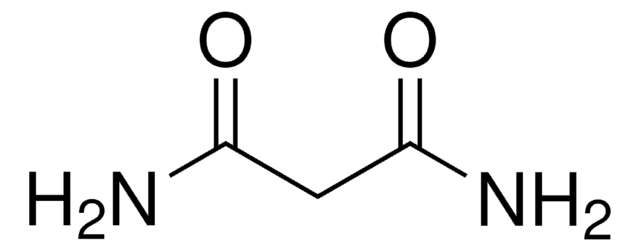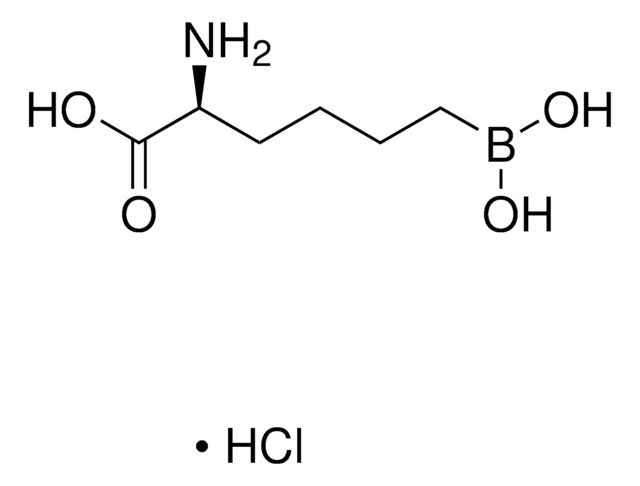D3648
Diamide
Synonyme(s) :
1,1′-Azobis(N,N-dimethylformamide), N,N,N′,N′-Tetramethylazodicarboxamide, Azodicarboxylic acid bis(dimethylamide), Diazenedicarboxylic acid bis(N,N-dimethylamide), TMAD
Sélectionner une taille de conditionnement
Sélectionner une taille de conditionnement
About This Item
Produits recommandés
Essai
≥98% (TLC)
Niveau de qualité
Forme
powder
Pf
113-115 °C
Solubilité
water: 19.60-21.00 mg/mL, clear to slightly hazy, orange
Température de stockage
−20°C
Chaîne SMILES
CN(C)C(=O)\N=N\C(=O)N(C)C
InChI
1S/C6H12N4O2/c1-9(2)5(11)7-8-6(12)10(3)4/h1-4H3/b8-7+
Clé InChI
VLSDXINSOMDCBK-BQYQJAHWSA-N
Vous recherchez des produits similaires ? Visite Guide de comparaison des produits
Application
Code de la classe de stockage
11 - Combustible Solids
Classe de danger pour l'eau (WGK)
WGK 3
Point d'éclair (°F)
Not applicable
Point d'éclair (°C)
Not applicable
Équipement de protection individuelle
Eyeshields, Gloves, type N95 (US)
Faites votre choix parmi les versions les plus récentes :
Certificats d'analyse (COA)
Vous ne trouvez pas la bonne version ?
Si vous avez besoin d'une version particulière, vous pouvez rechercher un certificat spécifique par le numéro de lot.
Déjà en possession de ce produit ?
Retrouvez la documentation relative aux produits que vous avez récemment achetés dans la Bibliothèque de documents.
Les clients ont également consulté
Active Filters
Notre équipe de scientifiques dispose d'une expérience dans tous les secteurs de la recherche, notamment en sciences de la vie, science des matériaux, synthèse chimique, chromatographie, analyse et dans de nombreux autres domaines..
Contacter notre Service technique










